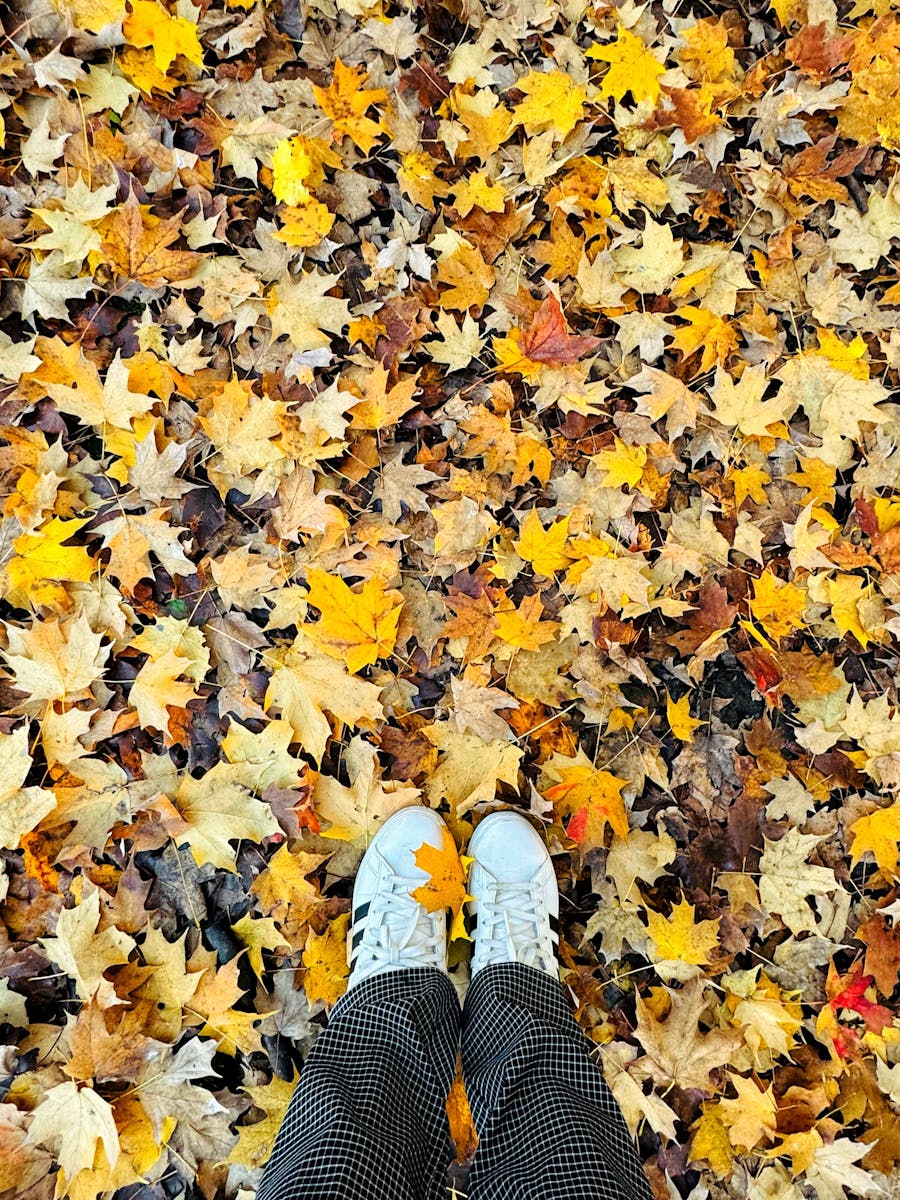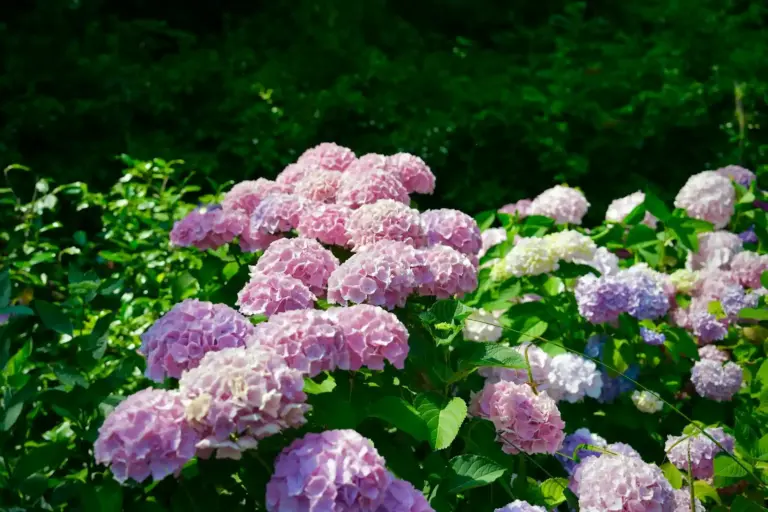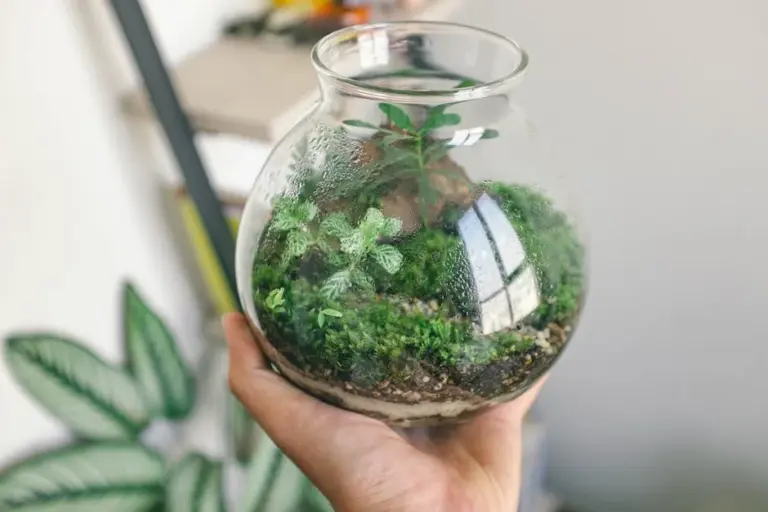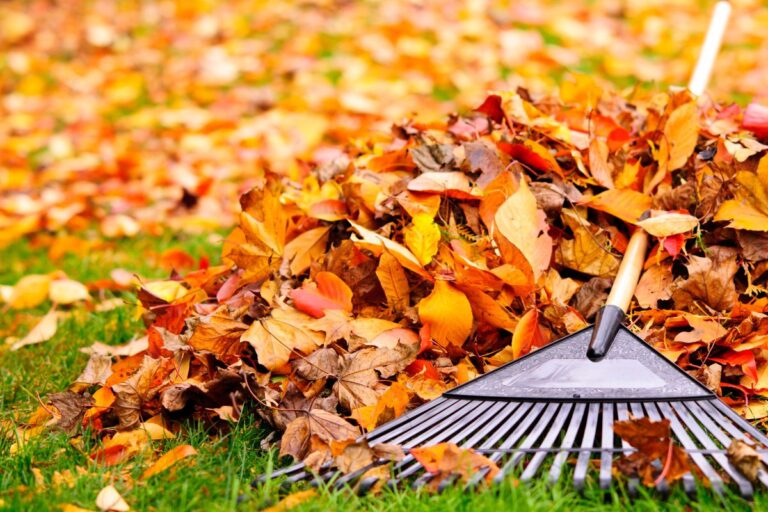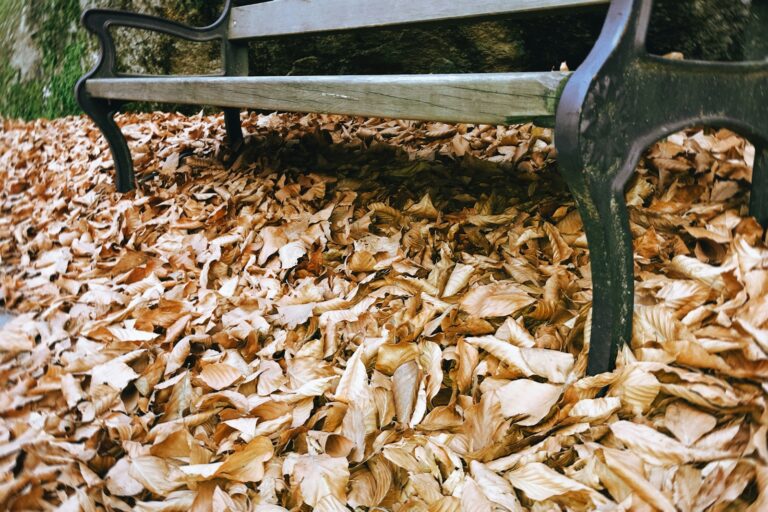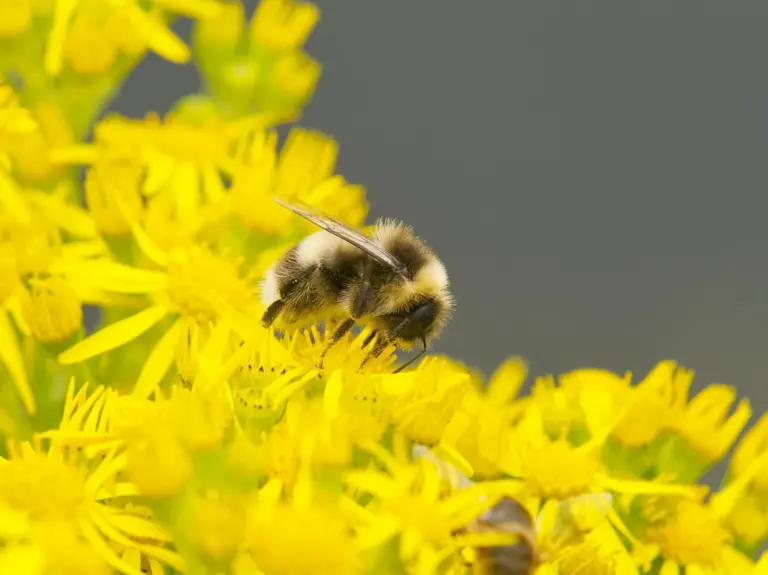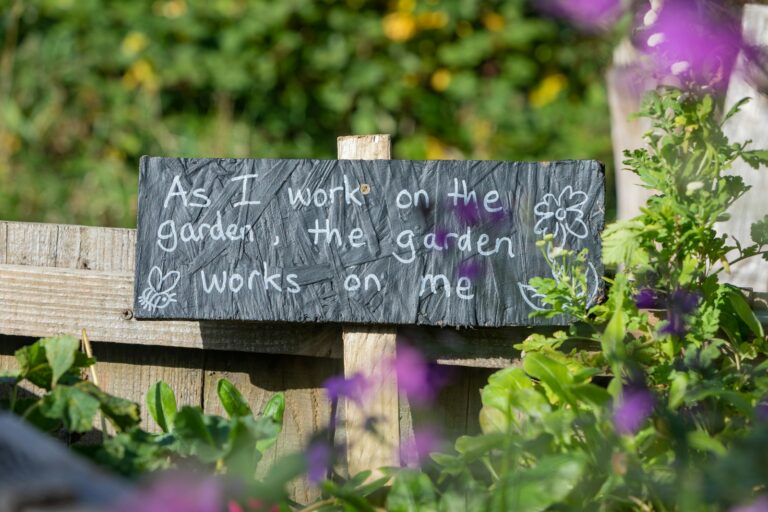How to Compost Fall Leaves the Right Way for a Healthy Garden This Autumn
The arrival of fall means your yard is suddenly full of leaves. Instead of bagging them up, you can put those leaves to work in your garden.
Composting fall leaves is a practical way to tidy up your yard while boosting your soil. With just a little effort, those piles of leaves can turn into rich compost for your plants.
Choose quick-decomposing leaves like maple and oak for faster composting

The type of leaves you use can make a big difference in how quickly your compost breaks down. Maple and oak leaves are great choices because they decompose faster than many others.
Leaves from black walnut trees are best avoided since they can slow down the process. Pine needles also take a long time to break down and might not be ideal if you want quick compost.
Shredding your leaves before adding them to the pile helps a lot. Smaller pieces give microbes more surface area to work on, so the compost forms more quickly.
Mixing brown leaves with green materials like kitchen scraps keeps your compost balanced and healthy.
Shred leaves to increase surface area and speed up decomposition
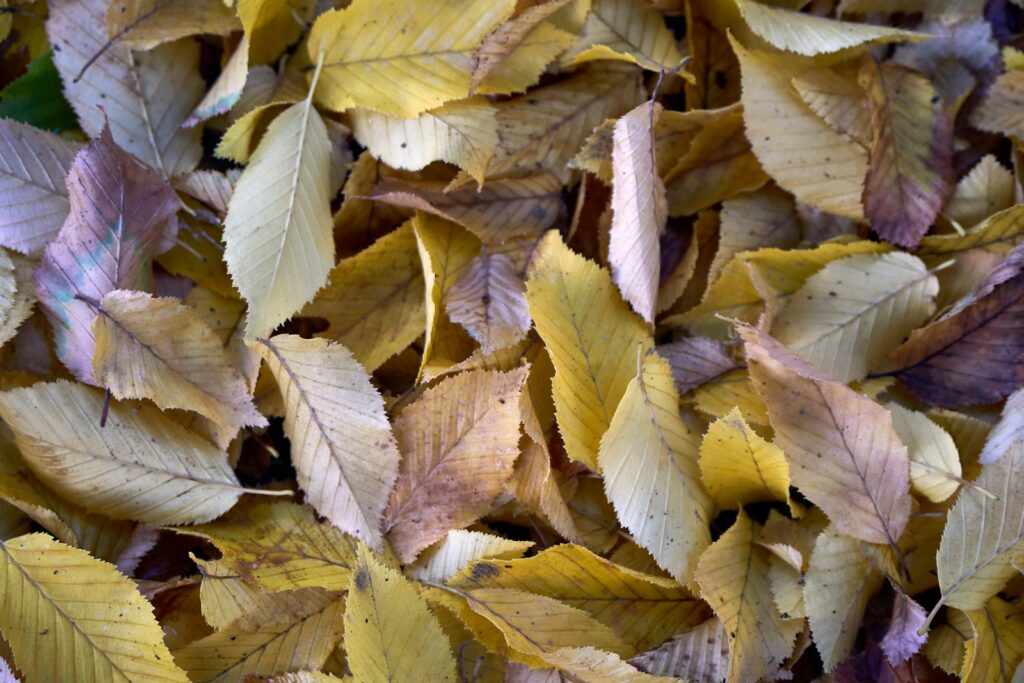
Running over leaves with a lawn mower or using a leaf shredder breaks them into small pieces. This makes it easier for microbes to do their work.
Whole leaves have a tough outer layer that slows down decomposition. Shredding removes much of this barrier and helps things move along faster.
Shredded leaves also make the pile looser, which allows for better airflow. Good air circulation keeps the compost from getting soggy or developing bad odors.
Make sure your leaves are dry before shredding so they don’t clump together and clog your equipment.
Mix leaves with green materials like kitchen scraps for balanced nutrients

For compost to break down well, you need a mix of carbon-rich browns and nitrogen-rich greens. Fall leaves provide carbon, but you need to add greens like kitchen scraps or grass clippings for balance.
Aim for about three parts leaves to one part green material. This ratio helps the pile heat up and decompose evenly.
Shredding the leaves before mixing them in makes the process go even faster. Add fruit and vegetable scraps or coffee grounds, but skip meat and dairy to avoid pests.
Keep your compost pile moist, but not soggy. Turning it every so often gives the pile the oxygen it needs to break down properly.
Layer your compost pile alternating browns (leaves) and greens
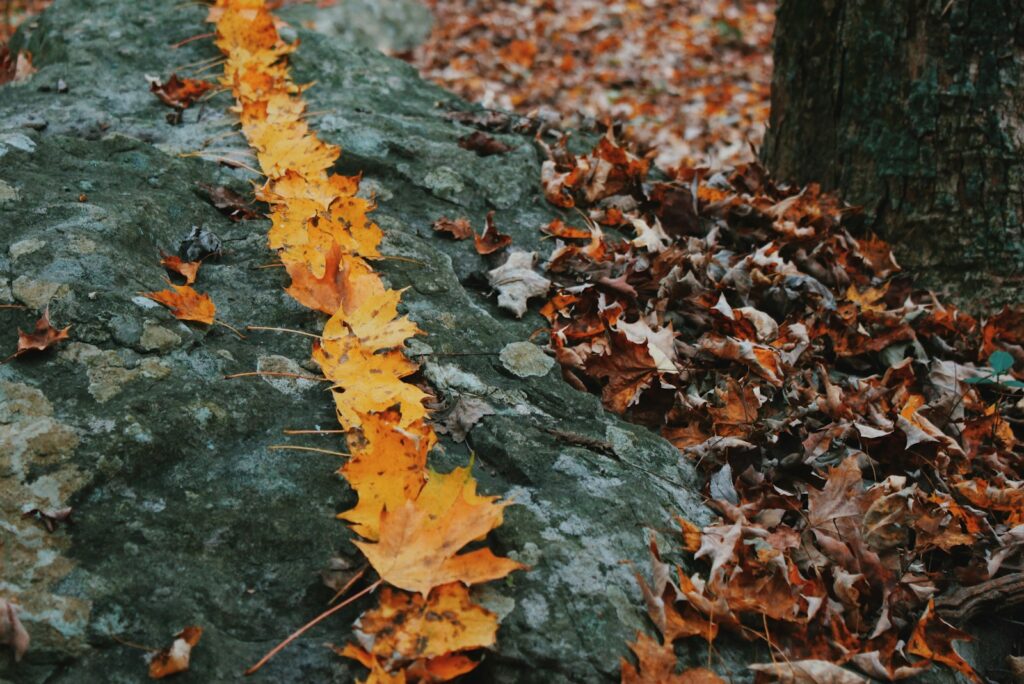
Build your compost pile by starting with a layer of dry leaves. This brown layer provides structure and keeps moisture levels in check.
Next, add a layer of green materials like kitchen scraps or fresh grass clippings. The nitrogen from greens helps break down the browns.
Alternate layers of browns and greens as you build your pile. This setup creates an ideal environment for composting.
Finish with a layer of browns on top, such as shredded leaves or straw. This helps retain moisture and keeps pests away.
Turn your pile every week or two to add oxygen and help everything break down evenly. Mixing gently keeps the layers working together without making a mess.
Turn the pile regularly to aerate and maintain moisture
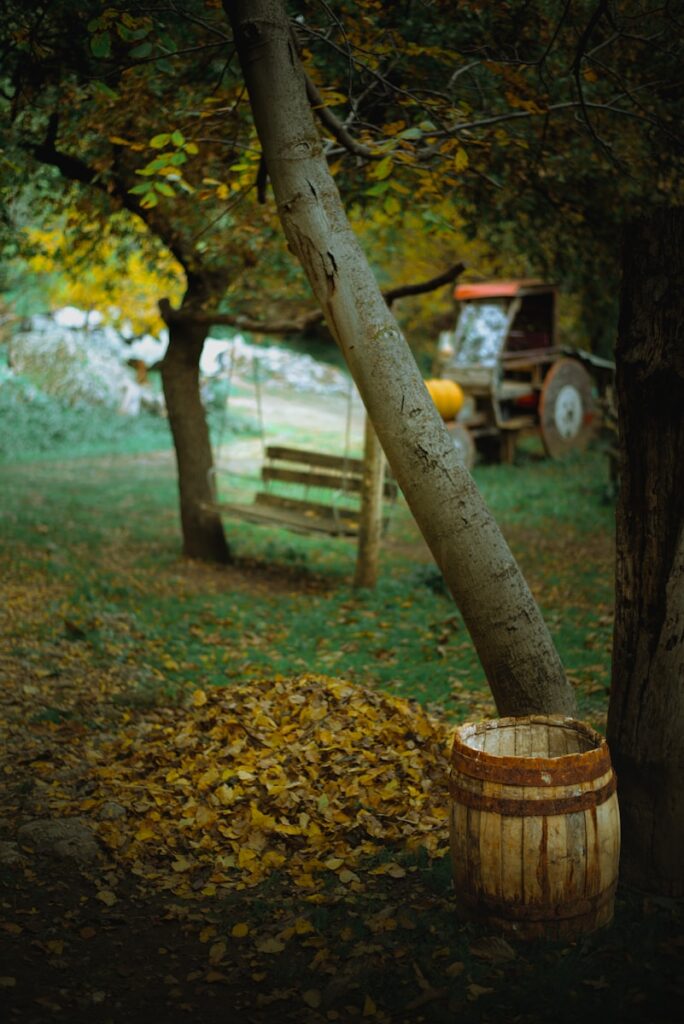
Ever wonder why your compost pile isn’t breaking down as quickly as you hoped? One simple trick is to turn the pile often.
Grab a pitchfork or shovel and mix things up. Move the outer layers into the middle so everything gets a chance to break down evenly.
Air is key for a healthy compost pile. Turning helps air reach all the materials inside.
Check the moisture as you go. Your compost should feel like a damp sponge, not soggy or bone dry.
If the pile seems too wet, toss in some dry leaves or shredded paper. This helps soak up extra moisture.
Turning your compost can also prevent bad smells. When the pile gets compacted and lacks air, it can start to stink.
Stay on top of turning and you’ll notice your compost stays fresher and works better.

